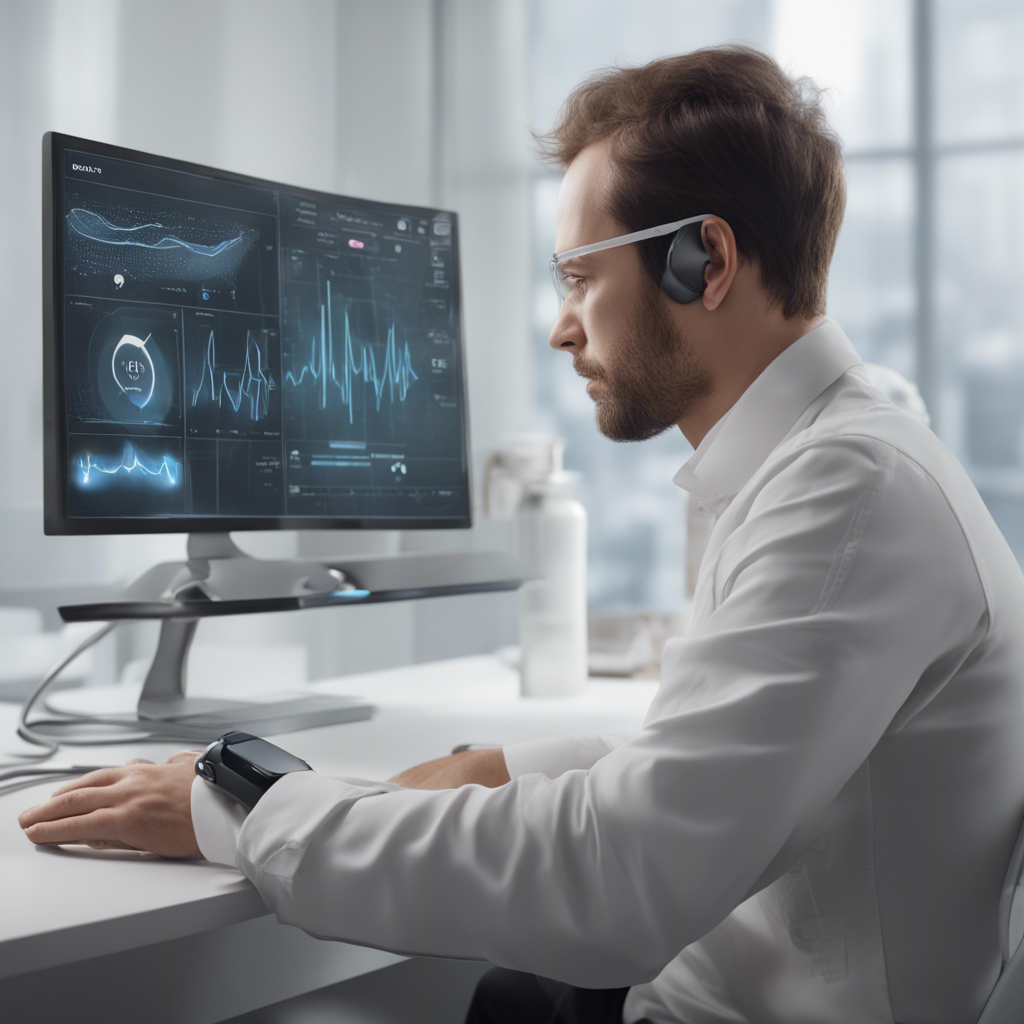
Monitoring Health: The Rise of Wearable Technology
In the age of digital revolution, monitoring health has become easier and more accessible than ever before, thanks to the rise of wearable technology. Wearable devices have seamlessly integrated health monitoring into our daily lives, enabling individuals to track various health metrics with convenience and precision. From fitness enthusiasts to individuals managing chronic conditions, wearable tech has transformed the way we monitor our health. Let’s delve into this innovative trend and explore how wearable technology is reshaping the landscape of personal health monitoring.
Evolution of Wearable Technology in Health Monitoring
Wearable technology has rapidly evolved from simple step counters to advanced health trackers capable of monitoring a wide range of biometric data. These devices come in various forms, including smartwatches, fitness bands, smart clothing, and even smart jewelry. With integrated sensors, these wearables can track metrics such as heart rate, sleep patterns, physical activity, and even stress levels.
One of the key drivers behind the popularity of wearable health tech is the increasing awareness of the importance of preventive healthcare. By monitoring key health parameters on a daily basis, individuals can proactively manage their well-being and detect any anomalies early on. This proactive approach to health monitoring has the potential to prevent serious health issues and improve overall quality of life.
Key Features and Benefits of Wearable Health Technology
1. Continuous Monitoring
Wearable health devices offer continuous monitoring of vital signs such as heart rate and blood pressure. This real-time data enables users to track their health status throughout the day and identify any irregularities promptly.
2. Activity Tracking
Fitness enthusiasts can benefit from the activity tracking features of wearable devices, which monitor steps taken, distance traveled, calories burned, and even provide insights into workout intensity. This data helps users set and achieve fitness goals effectively.
3. Sleep Analysis
Many wearable devices now offer sleep tracking capabilities, allowing users to monitor their sleep duration, quality, and patterns. By analyzing this data, individuals can make adjustments to improve their sleep hygiene and overall sleep health.
4. Health Insights and Trends
Wearable tech not only provides real-time data but also generates insights and trends based on the user’s health metrics over time. This data visualization helps individuals understand their health patterns and make informed decisions regarding their lifestyle choices.
The Future of Wearable Health Technology
As wearable technology continues to advance, we can expect to see even more sophisticated features that enhance health monitoring capabilities. Future wearable devices may incorporate AI algorithms for personalized health recommendations, seamless integration with telemedicine services for remote health monitoring, and even predictive analytics for early disease detection.
Moreover, the integration of wearables with other smart devices and platforms, such as smartphones and cloud services, will create a holistic ecosystem for health management. This interconnected network of devices will enable seamless data sharing and collaboration among healthcare providers, caregivers, and users, leading to improved health outcomes and personalized care.
Conclusion
The rise of wearable technology has democratized health monitoring, empowering individuals to take charge of their well-being in a proactive and informed manner. With the ability to track vital signs, activity levels, sleep patterns, and more, wearable health devices have become indispensable tools for maintaining a healthy lifestyle.
As technology continues to evolve, we can expect wearable devices to play an even more significant role in shaping the future of healthcare. By leveraging the power of data and connectivity, wearable tech offers a promising path towards personalized and preventive healthcare solutions.
So, whether you’re aiming to improve your fitness levels, manage a chronic condition, or simply stay on top of your health, wearable technology is here to support you every step of the way. Embrace the future of health monitoring with wearable tech and embark on a journey towards better health and well-being.
Remember, your health is your most valuable asset, and with wearable technology, monitoring it has never been easier!
References:
- Smith, A. C., & Thomas, E. (2018). Wearable Technology: Healthcare Applications and Benefits. Healthcare Informatics Research, 24(1), 3–9.
- Gartner. (2021). Gartner Says Sales of Wearable Devices Will Generate Revenue of $81.5 Billion in 2021. Gartner Newsroom.


